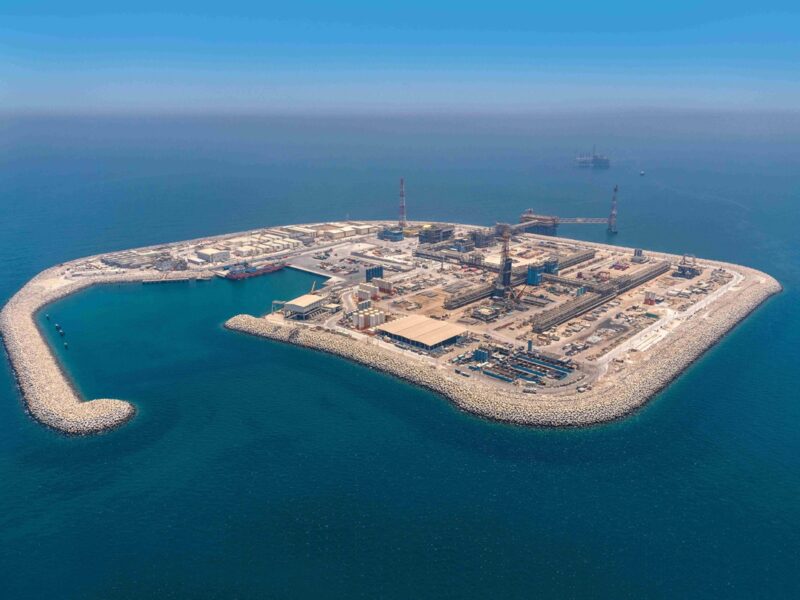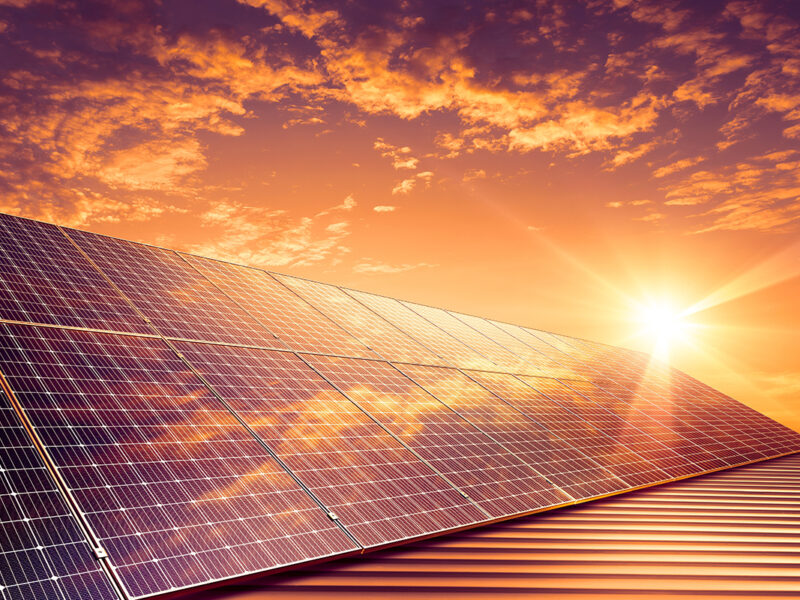International Renewable Energy Agency (IRENA), the Abu Dhabi-based global intergovernmental agency for energy transformation, has released its Renewable Power Generation Costs in 2022 report, providing key findings on the increasing competitiveness of renewable energy against fossil fuel-fired electricity.
The report revealed that owing to soaring fossil fuel prices, 86 per cent of all newly-commissioned renewable capacity last year had comparatively lower costs.
It also said that despite rising materials and equipment costs, the global weighted average levelised cost of electricity (LCOE) from newly commissioned utility-scale solar photovoltaics (PV), onshore wind, concentrating solar power (CSP), bioenergy and geothermal energy, all fell.
For onshore wind projects, the global weighted average LCOE fell the most – by 5 per cent between 2021 and 2022 (from $0.035/kWh to $0.033/kWh). For utility‑scale solar PV projects, it decreased by 3 per cent year-on-year to $0.049/kWh. However, the cost of electricity of new offshore wind projects increased by 2 per cent, rising from $0.079/kWh in 2021 to $0.081/kWh.
Francesco La Camera, IRENA’s Director-General, said: “IRENA sees 2022 as a veritable turning point in the deployment for renewables as its cost-competitiveness has never been greater despite the lingering commodity and equipment cost inflation around the world.

“The most affected regions by the historic price shock were remarkably resilient, in large part thanks to the massive increase of solar and wind in the last decade.”
Around 86 per cent, or 187 gigawatts (GW), of utility-scale renewable power generation projects commissioned in 2022 had costs of electricity lower than the weighted-average fossil fuel-fired cost. This figure beat the 174 GW in 2021 by 8 per cent.
The report also showed that new capacity added since 2000 reduced the electricity sector fuel bill in 2022 by at least $521 billion. Asia saved the most, estimated at $199 billion, followed by Europe (176 billion). Onshore wind ($189 billion), hydro ($136 billion) and solar PV ($86 billion) were the main contributors to this saving.
The economic benefits of solar and wind technologies – in addition to their environmental benefits – are now compelling.
The 2021-2022 period saw one of the largest improvements in the competitiveness of renewable power in the last two decades.
In 2010, the global weighted average LCOE of onshore wind was 95 per cent higher than the lowest fossil fuel-fired cost. In 2022, the global weighted average LCOE of new onshore wind projects was 52% lower than the cheapest fossil fuel-fired solutions.
Improving returns on renewables
The report highlighted the rate at which the competitiveness of solar and wind power has improved.
In 2010, the global weighted-average LCOE of onshore wind was $0.107/kilowatt hour (kWh) – 95 per cent higher than the lowest fossil fuel cost of %0.056/kWh. By 2022, the global weighted-average LCOE of new onshore wind projects was $0.033/kWh, which is 52 per cent lower than the cheapest fossil fuel-fired option, which had risen to $0.069/kWh.
Over the same period, the global weighted-average LCOE of offshore wind went from being 258 per cent more expensive than the cheapest fossil fuel option to being just 17 per cent more expensive, as the cost fell from $0.197/kWh to $0.081/kWh.
The most remarkable cost deflation was with solar power.
Concentrating solar power (CSP) saw its global weighted-average LCOE fall from 591 per cent higher than the cheapest fossil fuel option in 2010 to just 71 percent higher in 2022.
The star of renewable energy bandwagon was solar PV. From a global weighted-average LCOE of $0.445/kWh in 2010 (710 per cent more expensive than the cheapest fossil fuel), it has declined to $0.049/kWh. That makes solar PV 29 per cent lower than the cheapest fossil fuel-fired option.
Impact on climate change
Apart from the falling costs, renewable energy also helps reduce CO2 emissions and plays a crucial role in global climate control.
La Camera warned that a lot more needs to be done, adding: “Today, the business case for renewables is compelling, but the world must add 1,000 GW of renewable power annually on average every year until 2030 to keep 1.5°C within reach, more than three times 2022 levels. There is no time for a new energy system to evolve gradually as was the case for fossil fuels.
“In preparation of the COP28 in Dubai later this year, today’s report shows once again that with renewables, countries have the best climate solution at hand to raise ambition and take actions in a cost-competitive way.”
IRENA supports countries in their transition to a sustainable energy future and serves as the principal platform for international cooperation, a centre of excellence, and a repository of policy, technology, resource and financial knowledge on renewable energy. It promotes the widespread adoption and sustainable use of all forms of renewable energy, including bioenergy, geothermal, hydropower, ocean, solar and wind energy, in the pursuit of sustainable development, energy access, energy security and low-carbon economic growth and prosperity.









